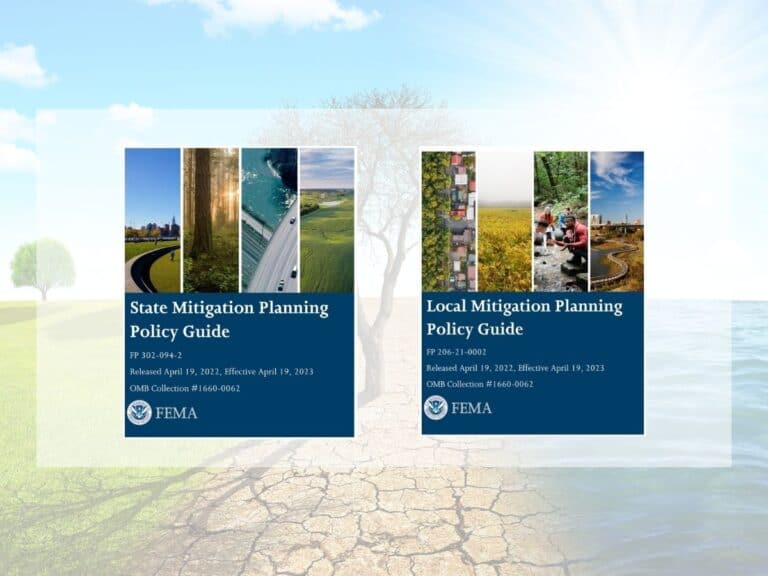Get your new copy of the NFIP Technical Bulletins
The updated NFIP Technical Bulletins 0, 4, and 8 are now available and serve to provide guidance for complying with the minimum National Flood Insurance Program’s floodplain management requirements pertaining to building performance. Together with the other eight bulletins, the TBs will be updated to modernize and streamline their content and presentation. The bulletins are primarily for use by state and local officials responsible for interpreting and enforcing building codes and NFIP regulations. They are also helpful for design professionals, builders and homeowners.
The updated TBs will:
Incorporate relevant information from the latest International Codes® and American Society of Civil Engineers Standards;
Provide updated guidance and best practices observed from post-disaster assessments; and
Address known issues identified by a wide range of stakeholders.
These changes are intended to improve the TBs’ usability, credibility and content while presenting them in a streamlined format. Overarching additions will include new introductory text, updated tables, figures, photos and references along with a section on applicable codes and standards. All updated TBs will have tables comparing codes/standards to the NFIP regulations.
TB 0: User’s Guide to Technical Bulletins
TB 0 describes the purpose and intended use of the Technical Bulletin series, includes common concepts and terms, lists useful resources and contains a subject index.
New features in TB 0 will include:
Sections on how to use the TBs;
A crosswalk between the NFIP regulations and TBs;
A compilation of key terms, useful resources and supplemental information from succeeding TBs; and
Discussion on four key concepts and requirements for structures: Special Flood Hazard Areas, lowest floor/enclosure/basement, Substantial Improvement/Substantial Damage and coastal waves.
TB 4: Elevators in Buildings Located in Special Flood Hazard Areas
TB 4 discusses the NFIP requirements for elevator machinery and equipment that serve buildings and provides guidance on the installation of elevators in SFHAs. Elevator types and their associated equipment are described, along with practical methods of protecting elevators from flood damage.
The updated TB 4 will include:
Expanded discussion on the primary types of elevators and other conveyance mechanisms used in residential and commercial buildings, hydraulic elevators and traction elevators, pneumatic elevators, chair lifts and platform lifts;
Clarification of the definition of “basement” as it relates to the construction of elevator pits; and
Tables summarizing elevator system components, their physical location and recommended flood protection techniques.
TB 8: Corrosion Protection for Metal Connectors and Fasteners in Coastal Areas
TB 8 provides guidance on the NFIP requirement for maintaining a building’s load paths. It also provides readers with an understanding of the importance of connectors and fasteners with proper corrosion protection in coastal areas.
New features in TB 8 will include guidance for:
How to select an appropriate connector and fastener material based on its intended location on the building;
How preservative-treated wood can impact corrosion protection and a sample wood-product identification tag;
Expanded descriptions of connector and fastener materials, corrosion protection coatings and maintenance, including inspection and scheduled replacement; and
Guidance for the selection of connectors and fasteners with various corrosion resistant materials and treatments and how combining dissimilar metals can cause premature corrosion.
Access the current Technical Bulletins and stay updated by visiting FEMA’s website.
To learn more on FEMA’s Building Science Branch website.


